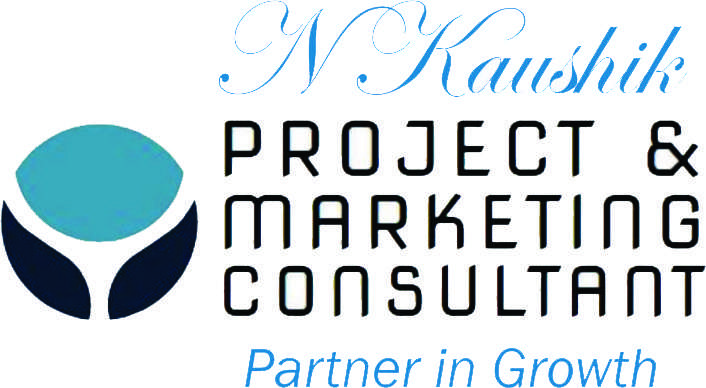Keyword Research: Understand the keywords your target audience is searching for and optimize your website content around those keywords.
On-Page Optimization: Ensure your website is well optimized for search engines with title tags, meta descriptions, header tags, and image optimization.
Content Creation: Create high-quality, valuable, and engaging content that provides value to your target audience and helps attract and retain users.
Link Building: Obtain high-quality backlinks from reputable websites to improve your website’s authority and visibility in search engine results pages (SERPs).
Technical SEO: Ensure your website is technically sound, fast, and easy to navigate, with a responsive design and a sitemap.
Mobile Optimization: Optimize your website for mobile devices to improve its usability and search engine ranking.
Local SEO: Optimize your website for local search by claiming and verifying your Google My Business listing, obtaining local citations, and optimizing your website’s content and structure for local search.
Schema Markup: Use schema markup to provide additional information to search engines about your content and help improve your website’s search visibility.
Social Media Marketing: Use social media platforms to promote your website and engage with your target audience.
Video Optimization: Create and optimize videos for your website to engage your target audience and improve your website’s visibility in search engines.
User Experience (UX): Improve the user experience of your website by making it easy to navigate, visually appealing, and providing valuable content.
Site Speed Optimization: Ensure your website loads quickly to improve the user experience and search engine ranking.
Sitemap Creation: Create an XML sitemap to help search engines crawl and index your website’s pages.
Image Optimization: Optimize your website’s images to improve its loading speed and search engine ranking.
Infographics: Create infographics to make complex information more digestible and shareable, which can help drive traffic to your website.
Internal Linking: Use internal linking to help users navigate your website and improve its search engine ranking.
Google Analytics: Use Google Analytics to track your website’s traffic, user behavior, and conversions, and make data-driven decisions to improve your SEO.
Google Search Console: Use Google Search Console to monitor your website’s search visibility, identify and fix technical issues, and track the performance of your website in search results.
Content Marketing: Use content marketing to attract and retain users by creating and promoting valuable content that aligns with their interests and needs.
Outreach: Reach out to influencers, bloggers, and media outlets to build relationships and promote your website.
PPC Advertising: Use pay-per-click (PPC) advertising to drive traffic to your website in the short term and test different keywords and ad variations.
User-Generated Content: Encourage your users to create and share content about your brand, which can help improve your website’s search visibility and authority.
Voice Search Optimization: Optimize your website for voice search by using conversational language, clear and concise content, and schema markup.
International and Multilingual SEO: Optimize your website for international and multilingual search by using hreflang tags, language-specific URLs, and country-specific top-level domains (TLDs).
Analyze Your Competitors: Analyze your competitors’ websites and strategies to stay ahead of the game and continuously improve your own SEO
